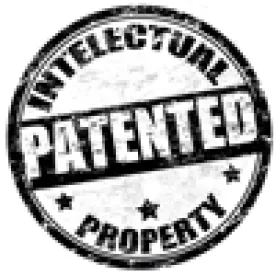Takeaway: When interpreting claims, the Board may interpret claim terms for which the parties did not expressly propose constructions when necessary to evaluate the parties’ arguments.
In its Final Written Decision, the Board determined that Petitioner showed by a preponderance of the evidence that all of the challenged claims of the ’210 patent are unpatentable.
The ’210 patent relates to arrangements and techniques for managing vehicle diagnostic information. In an embodiment, sensors are arranged throughout the vehicle to collect data and an antenna array is mounted on the vehicle to receive wireless signals from the sensors. A control system processes the signals for display and/or transmission to a remote location.
The Board began with a short discussion of claim construction. It first construed the term “automatically” to mean “without manual intervention,” as urged by Petitioner. Next, it considered the meaning of “output indicative or representative” and a similar term. Although neither party proposed an express construction for the terms, Patent Owner contended that the prior art of record did not disclose the limitations. The Board construed the term in order to evaluate the parties’ contentions. In light of the record and the arguments submitted by the parties, the Board determined that the broadest reasonable interpretation of the terms is “processed data that signifies or depicts” and further determined that it “may encompass a fault code, as described in the specification. . . .”
The Board then analyzed whether the challenged claims were anticipated by Asano, Scholl, and Corwin and also whether three of the challenged claims were obvious over Scholl and Windle. The Board was persuaded by each of Petitioner’s arguments, with the exception of its argument that claim 18 was anticipated by Corwin.
With respect to claim 18, the Board determined that Petitioner’s expert declaration did not “explain sufficiently his evidentiary basis for saying one of ordinary skill in the art would have understood that [fault information] would have been displayed, in light of the disclosure of Corwin.” However, the Board also determined that Petitioner showed that claim 18 would have been obvious in view of Scholl and Windle.
Accordingly, the Board determined that Petitioner showed, by a preponderance of the evidence, that all challenged claims were invalid.
Toyota Motor Corp. v. American Vehicular Sciences LLC, IPR2013-00415
Paper 61: Final Written Decision
Dated: November 12, 2014
Patent: 7,650,210
Before: Jameson Lee, Barbara A. Parvis, and Gregg I. Anderson
Written by: Parvis
Related Proceeding: American Vehicular Sciences LLC v. Toyota Motor Corp., No. 6:12-CV-405 (E.D. Tex.)



 />i
/>i
